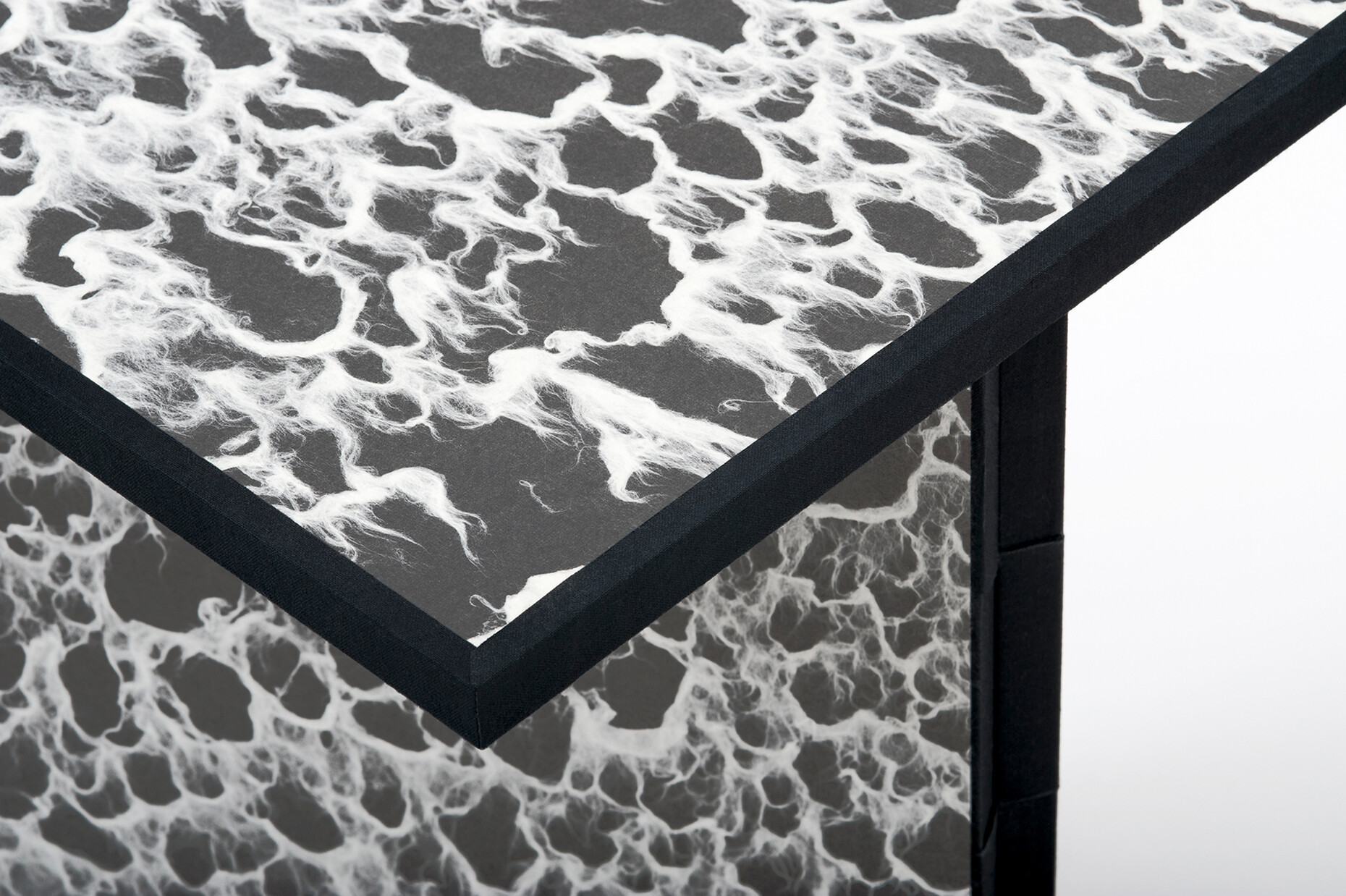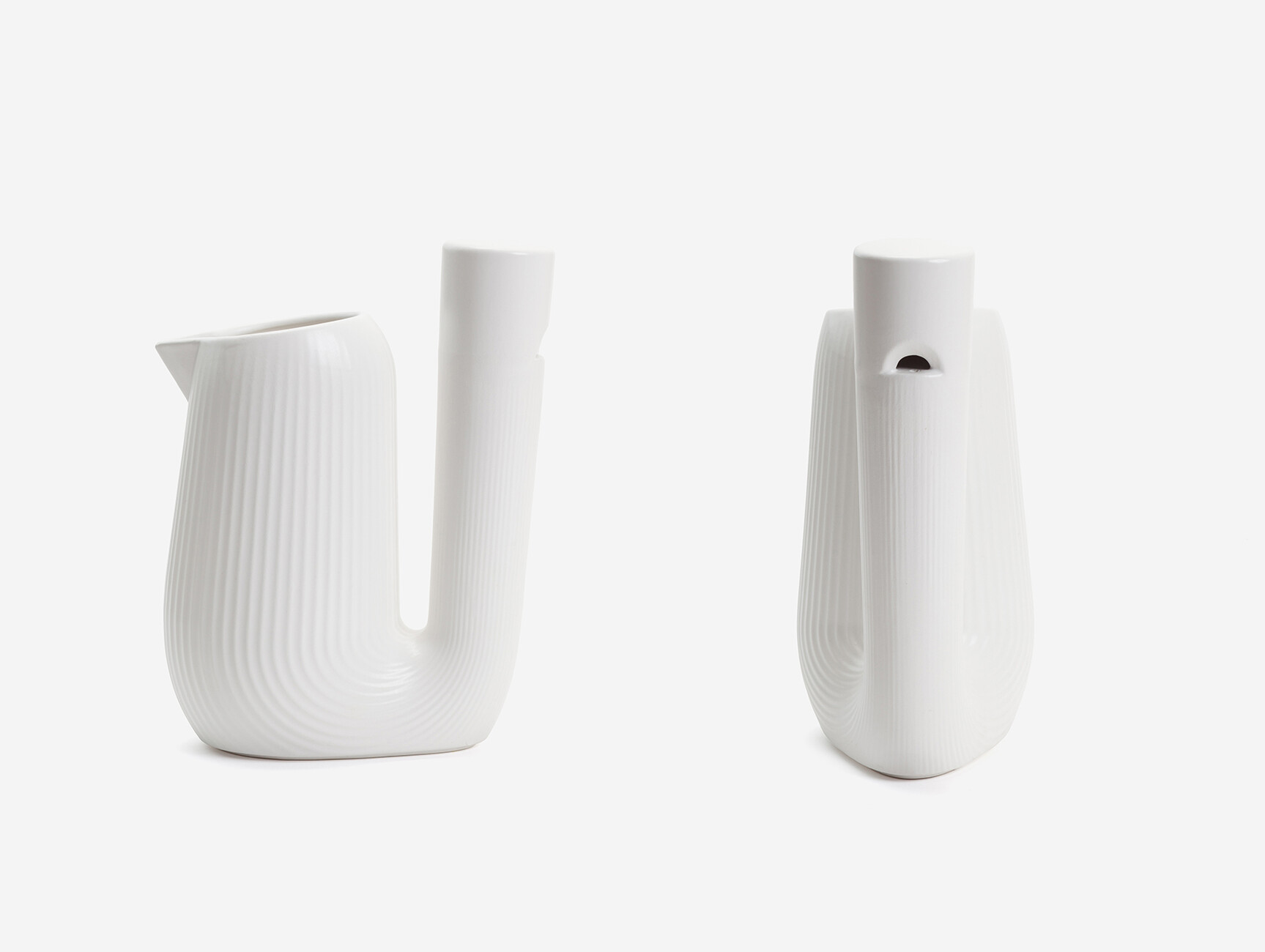IMM COLOGNE 2019
Design for all the senses
Pierre Charrié is one of the most original young designers the French design scene currently has to offer. He has now received the Kaldewei Future Award by A&W, which was presented to him on the eve of imm cologne 2019, and which the specialist for bathroom solutions based in Westphalia confers annually together with A&W. Fabian Peters interviewed Pierre Charrié on the occasion of the official presentation in the new 25hours Hotel “The Circle” in Cologne.
Fabian Peters: Can you describe your design philosophy in a few words?
Pierre Charrié: Naturally, my approach to the respective design depends on the commission. If I am asked for shelving, then I design shelving. But my general principle is to always try to create something “extra” in my objects. I would like each of my works to have something surprising, something magical. For example, the table “Campane” has a metal bell around the base. The upper end of the bell mallet protrudes through an opening in the tabletop and makes the bell ring when gently tapped.
Many of your designs are highly decorative. How important is this aspect for you?
Pierre Charrié: I always try to translate my ideas and do something attractive, something decorative. But the first thing is always the idea. And frequently there is a focus on sensuality, as with my perfume diffuser “Nuto” or speakers “Surfaces Sonores.” And because smells and sounds are invisible, I try to translate these sensory impressions into something visual.
There is no mistaking that your design language is influenced by Japanese art and design!
Pierre Charrié: I have always been fascinated by Japanese culture. Three years ago, I was lucky enough to work with Japanese artisans in Kyoto thanks to a scholarship. These craftspeople use wonderful materials and understand how to work them perfectly. In my case, I worked in a firm that uses the raden technique, a traditional form of Japanese intarsia art. I collaborated with these artisans to design the object series “Vison-Visu,” in which mother-of-pearl intarsia designs in the shape of the shell used were incorporated into a varnished surface. For the “Tankaï” tables I used the hyogu technique, which is also employed for paravents. Washi paper and silverleaf are affixed to the tables.
What are you currently working on?
Pierre Charrié: At the moment I’m working on a rocking lounge chair with integrated chimes – for a moment of relaxation with musical accompaniment. In addition, I’m developing a kind of telescope like those you find at places with viewing platforms. The difference here is that when you look through it you look back into the past. You see the place where you are standing as it was 100 or 1,000 years ago. So, if you are standing, say, in Paris on the Place de la Bastille and are curious to know where the Bastille stood before the French Revolution, you can find out using this special telescope.








